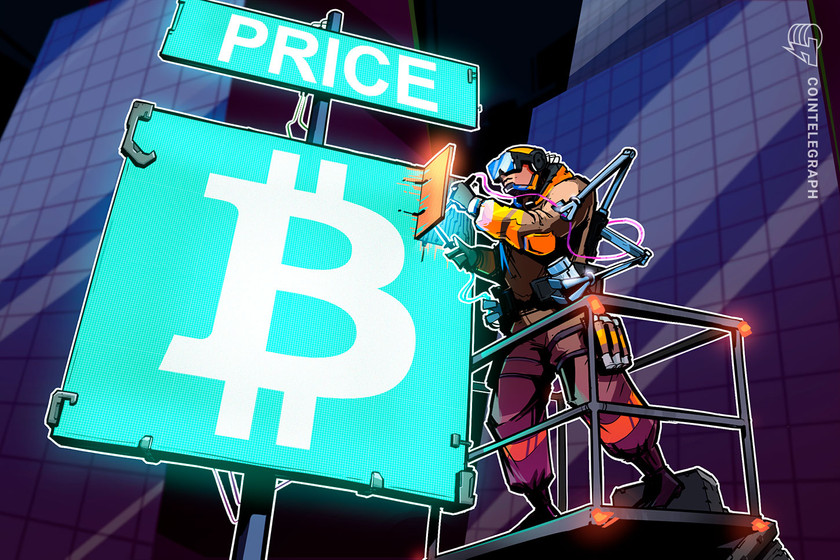Bitcoin eyeing ‘next big move’ which could see $19K retest — analyst


It’s decision time for BTC price action in a range that could also see a trip to $28,000, popular trader Skew believes.
Bitcoin (BTC) is headed to either $28,000 or $19,000 and this week could decide all, fresh analysis says.
In Twitter comments on Feb. 15, popular trader, Skew, told followers that BTC/USD is now in a “pivotal area.”
“Next big move” due for Bitcoin
Despite returning above $22,000 on the back of the Feb. 14 United States Consumer Price Index (CPI) print, Bitcoin has yet to resume the blistering rally, which saw it gain 40% in January.
After two weeks of consolidation, however, the time to make a decision is here, Skew believes.
“I think we’re setting up for the next big move,” he summarized alongside a chart showing relevant BTC price targets.
Those targets come in the form of $28,000 and $19,000 to the downside. Both somewhat echo other perspectives from throughout the 2023 recovery, with the area immediately below $20,000 of particular interest.
Current spot price levels, meanwhile, show that Bitcoin is testing a “pivotal area here in a big range,” Skew continued.
“Next couple days will be important,” he added.
Asked whether the odds favor one direction or another, the answer was less appetizing for bulls eager to continue the trip toward $30,000.
A combination of U.S. dollar strength, bond yields and stock market performance has already set up a problematic scenario for risk assets en masse, Skew explained.
“From here & the structure of DXY / JPYUSD, makes sense for USD to rally into friday,” a further post read.
“There is also dislocation between the 2Y & ES; weakness in high beta assets today would confirm a move down in risk assets.”


Trader warns of “parabolic” U.S. dollar move
As Cointelegraph reported, the U.S. Dollar Index (DXY) is on the radar for many market participants this month after seeing its own rebound, potentially breaking a multimonth downtrend definitively.
Related: Ethereum’s $1.5K support weakens as ETH traders turn slightly bearish
DXY continued to hold ground reclaimed in its latest push higher on the day at around 103.5, data from TradingView showed.


For fellow trader and analyst TechDev, there is even cause to consider a “parabolic” return to form for DXY, with all the downside pressure on crypto and risk assets that this would imply.
He referred to the relationship between the dollar and Chinese bond yields.
“Interesting that this liquidity signal just put in a similar double-bottom to DXY’s 2 years ago, before it went parabolic,” he commented on a chart on Feb. 12.


The views, thoughts and opinions expressed here are the authors’ alone and do not necessarily reflect or represent the views and opinions of Cointelegraph.









































